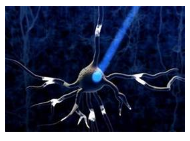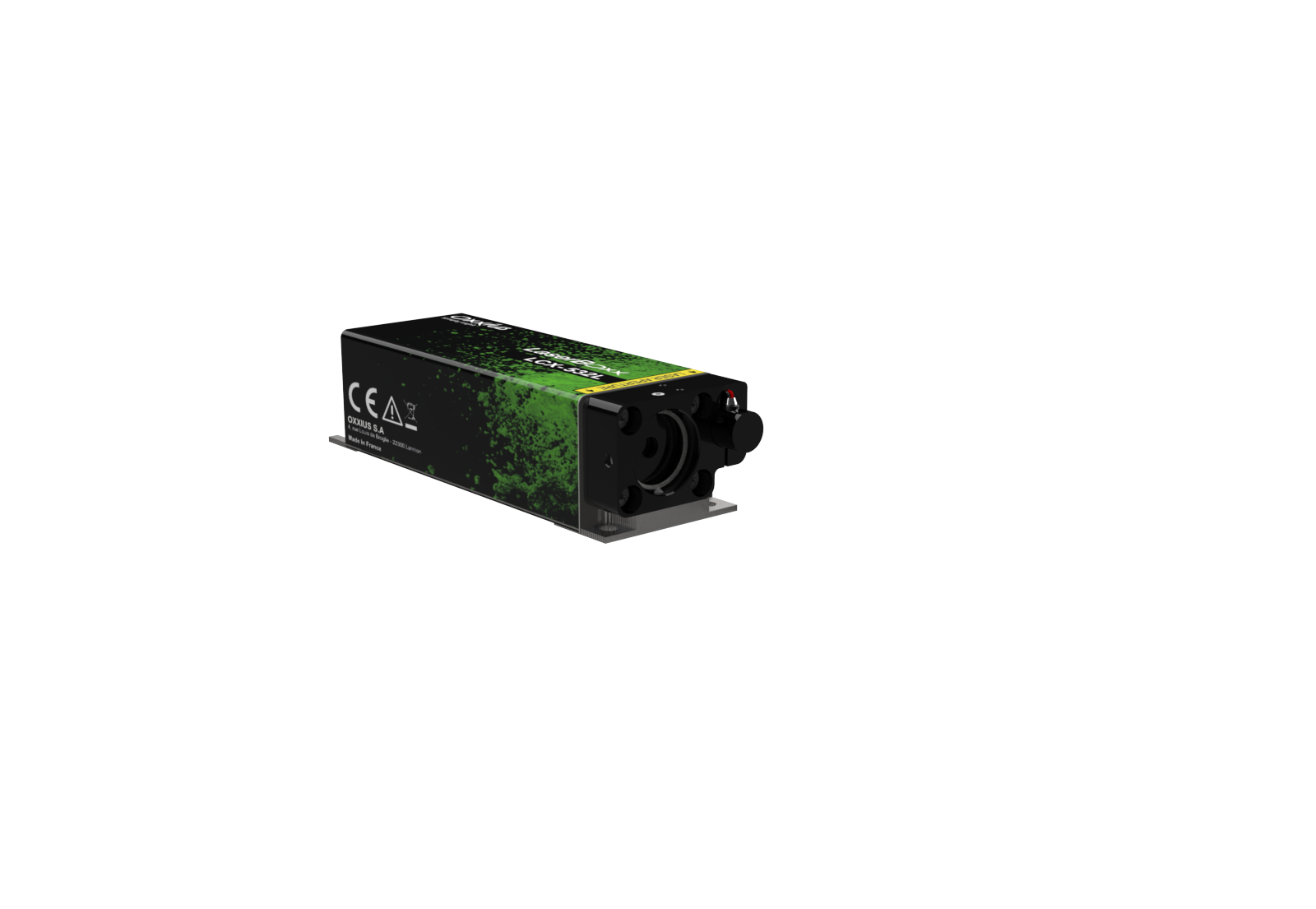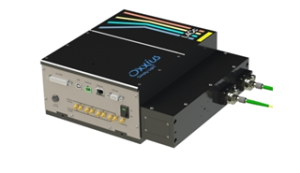
CW Solid State Laser Sources for the Life Sciences:
An Introduction to selecting a laser module for your experiment or instrument.

As lasers become more commonplace for system integrators and research labs, many times the engineer or researcher knows the key parameters needed, but has difficulties sorting out the less important parameters, which could have a significant impact on cost, the experiment, or overall performance of the system. We will present what the important considerations are when selecting the laser source and how to define the specifications to insure you get the right laser for your application. Each application, and even the setup, will require specific parameters, if you are unsure, we will define the basic specifications needed for your experiment or your instrument.
Life Science Applications using CW Lasers:
CW Laser Modules are utilized in many applications within the life sciences, the scientific study of organisms. These applications include:
• Super Resolution Imaging
• Confocal Microscopy
• Flow Cytometry
• DNA Sequencing
• Optogenetics
Whether you are a researcher working on an experiment or an engineer developing an instrument for one of these applications, understanding the laser source is critical for your success.
Choosing a partner:
Before we get started, choosing a partner to help navigate the complex process of specifying the right laser source is usually the best approach. This partner will be able to understand what the technical challenges are for your application or product and how the needed specifications will impact the cost of the laser source.
Having a laser specialist partner that can explain why some wavelengths are less expensive than others, why some wavelengths are available, and others are not, and what specifications are just costly, but unnecessary, may be critical to your success. Contacting your partner early in the design process can save time, money, and frustration.
For a partner to be efficient, you will need to share information about your application and your budget. Sharing proprietary information requires trust. Most laser manufacturers are accustomed to handling proprietary information and the sharing of information is usually mutual. You and your partner should communicate freely to minimize costly errors.
Laser Specifications:
Specify only requirements that are important to the application — unnecessary specifications always raise the final cost of the product because the manufacturer must test each quantitative specification for compliance.
Wavelength: The wavelength is usually the first requirement for the laser source. What is the wavelength and an acceptable wavelength tolerance needed for your application? Do you need a single wavelength or multiple wavelength source? Some wavelengths are relatively easy to achieve, and some wavelengths can be very difficult or just not possible to achieve.

Your laser partner will be able to help define the most cost-effective wavelength and tolerances that meets your specifications. The wavelength parameters that need defined are:
- Wavelength – The preferred wavelength
- Wavelength Tolerance – The acceptable range around the Wavelength, which may depend on the filters
- Linewidth – Spectral linewidth of the Laser
If multiple wavelengths are needed, it is cost effective to choose a manufacturer able to supply all the wavelengths needed, both laser diode and DPSS lasers. You do not want to have to deal with different footprints, and optical and electronic interfaces.

Wavelength Combiners: Wavelength combiners merge multiple laser sources in to a single unit with individual and independent control for each laser in an easy to use interface. Wavelength combiners are a compact and cost-effective solution in applications like Microscopy where multiple wavelengths are needed. Wavelength combiners should be designed for the maximum flexibility and modularity. Options typically include clean-up filters, Acousto-Optic Modulators (AOM), single or multiple fiber

 SHIPS TODAY
SHIPS TODAY 